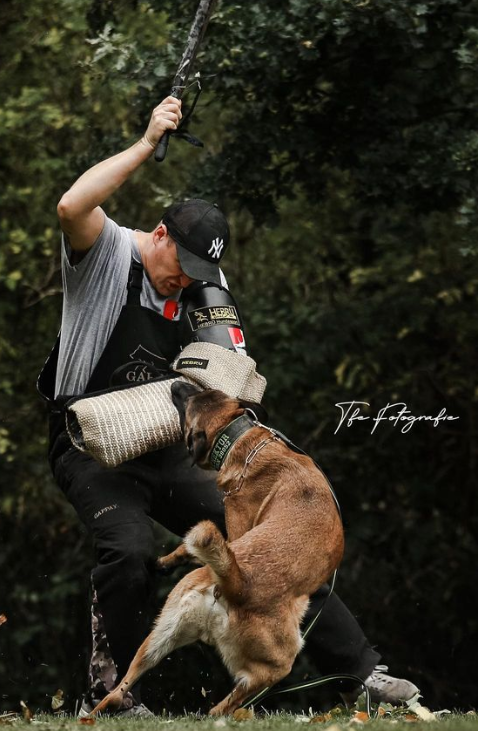
How to Train your Abused Dog to Trust
Building trust with an abused dog can be a long and challenging process, but it is one of the most rewarding things you can do. An abused dog has been taught that the world is dangerous and that humans are not to be trusted. It is essential to be patient and understanding and to give your dog the time and space they need to heal.
Here are some tips on how to train your abused dog to trust:
- Create a safe space: Your dog needs a place where they can feel safe and relaxed. This could be a crate, a bed in a quiet corner of the house, or even just your lap. Make sure your dog’s safe space is free from distractions and noise.
- Be consistent: Dogs thrive on routine. Establish a regular schedule for feeding, walking, and playing. This will help your dog feel more secure and predictable.
- Be patient: It will take time for your dog to learn to trust you. Keep going even if they trust you right away. Just keep being patient and consistent, and they will eventually come around.
- Use positive reinforcement: When your dog does something suitable, praise them and give them treats. This will help them learn that good behavior is rewarded.
- Avoid punishment: Punishment will only make your dog more fearful and distrustful. If your dog does something wrong, redirect their attention to something else.
Here are some specific exercises you can do to help your abused dog trust you:
- Hand feeding: This is a great way to teach your dog that your hands are a source of food and comfort. Start by hand-feeding your dog their meals. Once they are comfortable, you can hand-feed them treats throughout the day.
- I was sitting on the floor: This exercise helps your dog to see you as less of a threat. Sit on the floor and let your dog come to you. Once they are comfortable near you, you can start petting them and talking to them softly.
- You are playing games: Playing games is a great way to bond with your dog and build trust. Choose games that are fun and interactive, such as fetch or tug-of-war.
- You are going for walks: Going for walks is another excellent way to bond with your dog and help them feel more secure. Start by taking short walks in quiet areas. Once your dog is comfortable with that, you can gradually increase the length and difficulty of your walks.
It is important to remember that every dog is different. Some dogs will trust you quickly, while others may take a long time to warm up. Just be patient and consistent, and your dog will eventually trust you.
Here are some additional tips for training your abused dog to trust:
- Be patient: It will take time for your dog to learn to trust you. Keep going even if they trust you right away. Just keep being patient and consistent, and they will eventually come around.
- Be gentle: Avoid any sudden movements or loud noises. Speak to your dog in a soft voice and use positive reinforcement.
- Respect your dog’s boundaries: Don’t force your dog to do anything they’re not comfortable with. Let them come to you at their own pace.
- Socialize your dog gradually: Once your dog trusts you, you can start socializing with other people and animals. Start by introducing them to new people in a controlled environment, such as your home or backyard. Once your dog is comfortable with that, you can take them to public places, such as the park or the dog park.
Talk to your veterinarian or a certified dog behaviorist if you have any concerns about your dog’s behavior. They can help you to develop a training plan that is right for your dog and help you to address any specific issues that your dog may be having.
Here are some additional tips to keep in mind:
- Be mindful of your body language: Dogs are very good at reading body language, so it is essential to be aware of your body language around your dog. Avoid making any sudden movements or loud noises, and speak to your dog in a soft voice.
- Give your dog plenty of space: Some abused dogs may need more space than others. If your dog seems uncomfortable, give them space, and don’t force them to interact with you.
- Be patient: It will take time for your dog to learn to trust you. Keep going even if they trust you right away. Just keep being patient and consistent, and they will eventually come around.


